The Event Insurance Market is currently characterized by a dynamic competitive landscape, driven by a confluence of factors including increased event frequency, heightened risk awareness, and evolving consumer expectations. Major players such as The Hartford (US), Allianz (DE), and AIG (US) are strategically positioning themselves through innovation and digital transformation. The Hartford (US) has focused on enhancing its digital platforms to streamline the insurance purchasing process, thereby improving customer experience. Allianz (DE) has been expanding its global footprint, particularly in emerging markets, while AIG (US) emphasizes comprehensive coverage options tailored to diverse event types. Collectively, these strategies not only enhance their market presence but also intensify competition, as companies vie for market share in a landscape that appears increasingly fragmented yet competitive.
In terms of business tactics, companies are increasingly localizing their offerings to better meet regional demands, which may involve customizing policies to align with local regulations and cultural expectations. The market structure is moderately fragmented, with a mix of large multinational corporations and smaller niche players. This fragmentation allows for a variety of offerings, yet the influence of key players remains substantial, as they set benchmarks for service quality and innovation that smaller firms often strive to emulate.
In August 2025, Allianz (DE) announced a strategic partnership with a leading event management software provider to integrate insurance solutions directly into event planning platforms. This move is significant as it not only streamlines the insurance procurement process for event organizers but also positions Allianz as a forward-thinking leader in the digital insurance space, potentially attracting a younger demographic that values convenience and efficiency.
In September 2025, AIG (US) launched a new suite of customizable event insurance products aimed at the corporate sector, which includes coverage for virtual and hybrid events. This strategic initiative reflects AIG's recognition of the shifting landscape of event formats and the need for flexible insurance solutions. By catering to the evolving needs of corporate clients, AIG is likely to enhance its competitive edge and capture a larger share of the market.
In July 2025, The Hartford (US) expanded its event insurance offerings to include coverage for climate-related disruptions, a move that underscores the growing importance of sustainability in the insurance sector. This proactive approach not only addresses emerging risks but also aligns with broader societal trends towards environmental responsibility, potentially appealing to eco-conscious consumers and businesses alike.
As of October 2025, the Event Insurance Market is witnessing a pronounced shift towards digitalization, sustainability, and the integration of artificial intelligence in underwriting processes. Strategic alliances are increasingly shaping the competitive landscape, enabling companies to leverage technology and enhance service delivery. Looking ahead, competitive differentiation is likely to evolve from traditional price-based competition to a focus on innovation, technological integration, and supply chain reliability, as firms seek to provide value-added services that resonate with the changing expectations of consumers.


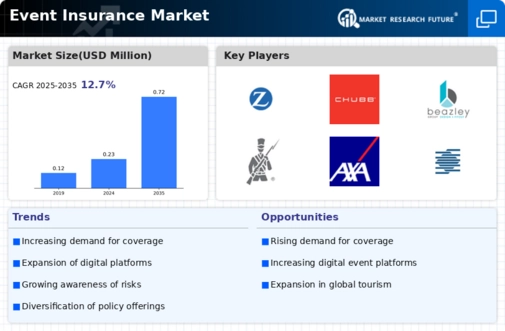

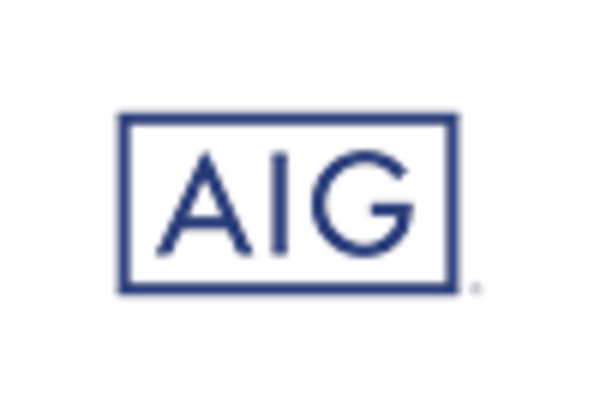
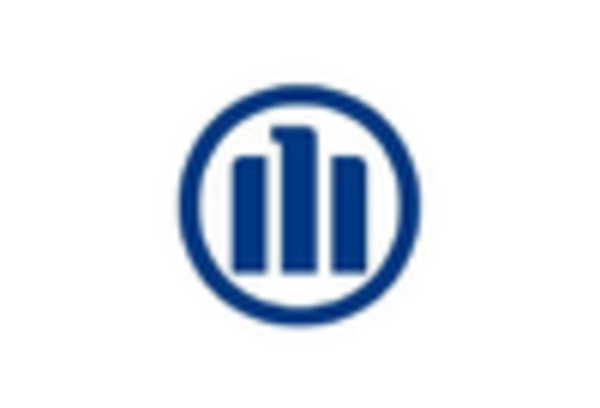

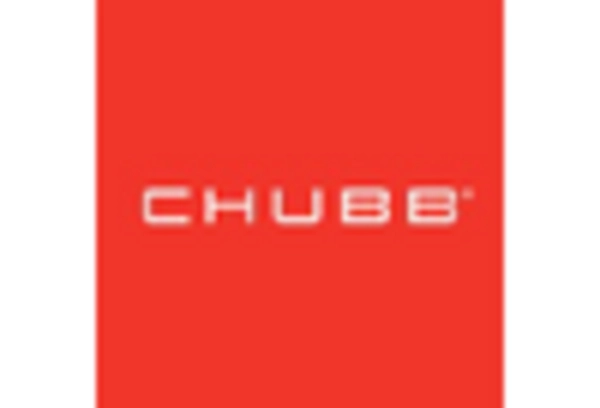

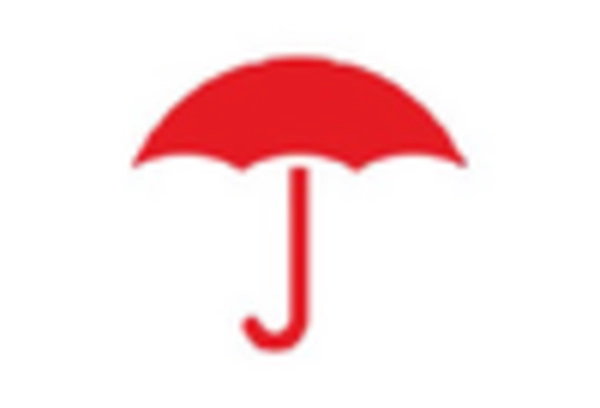








Leave a Comment